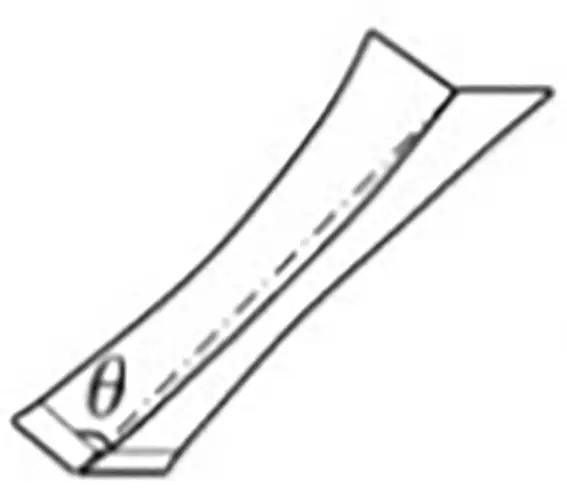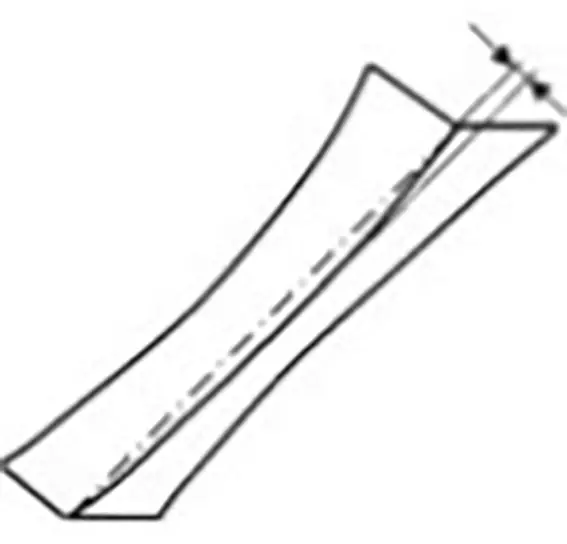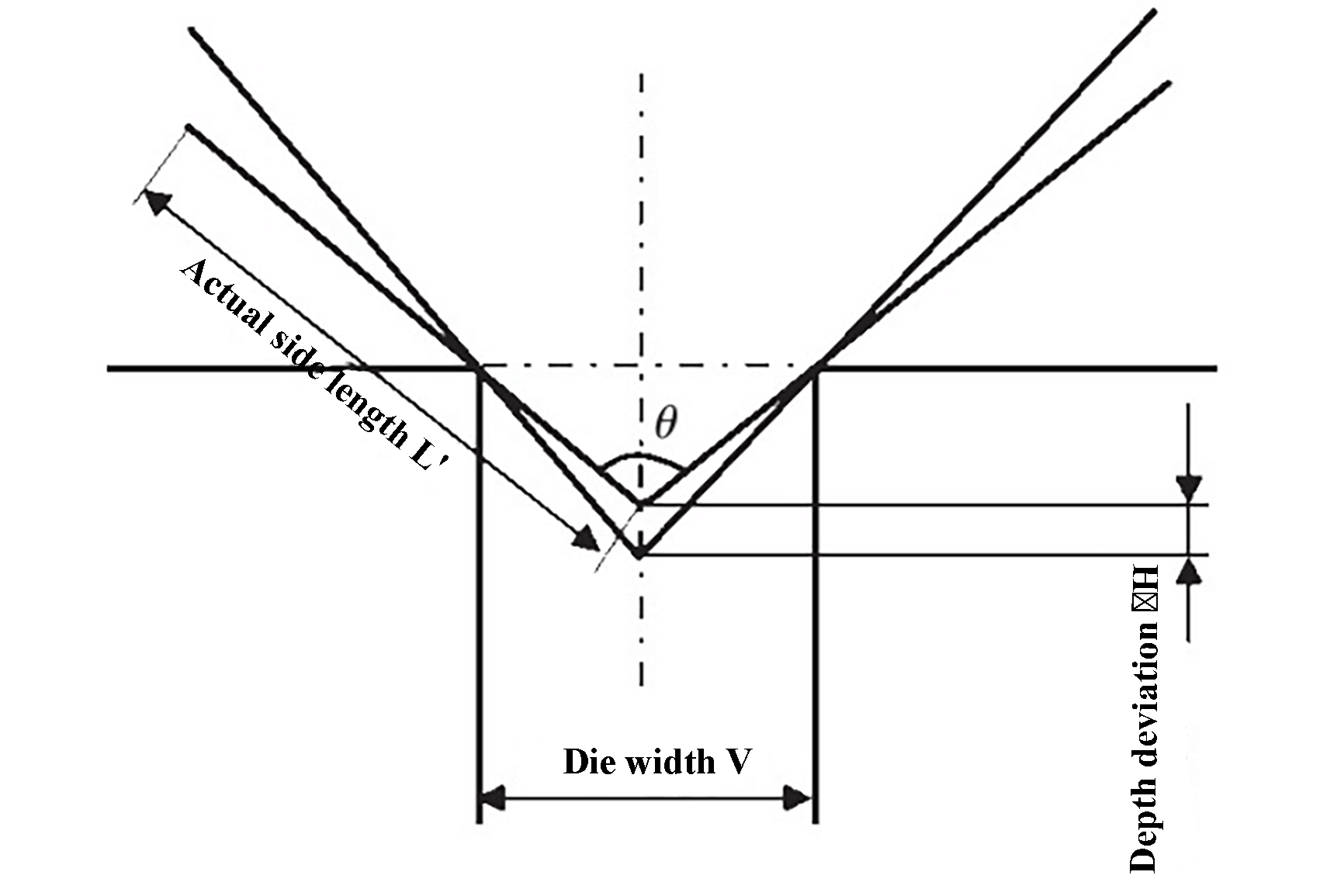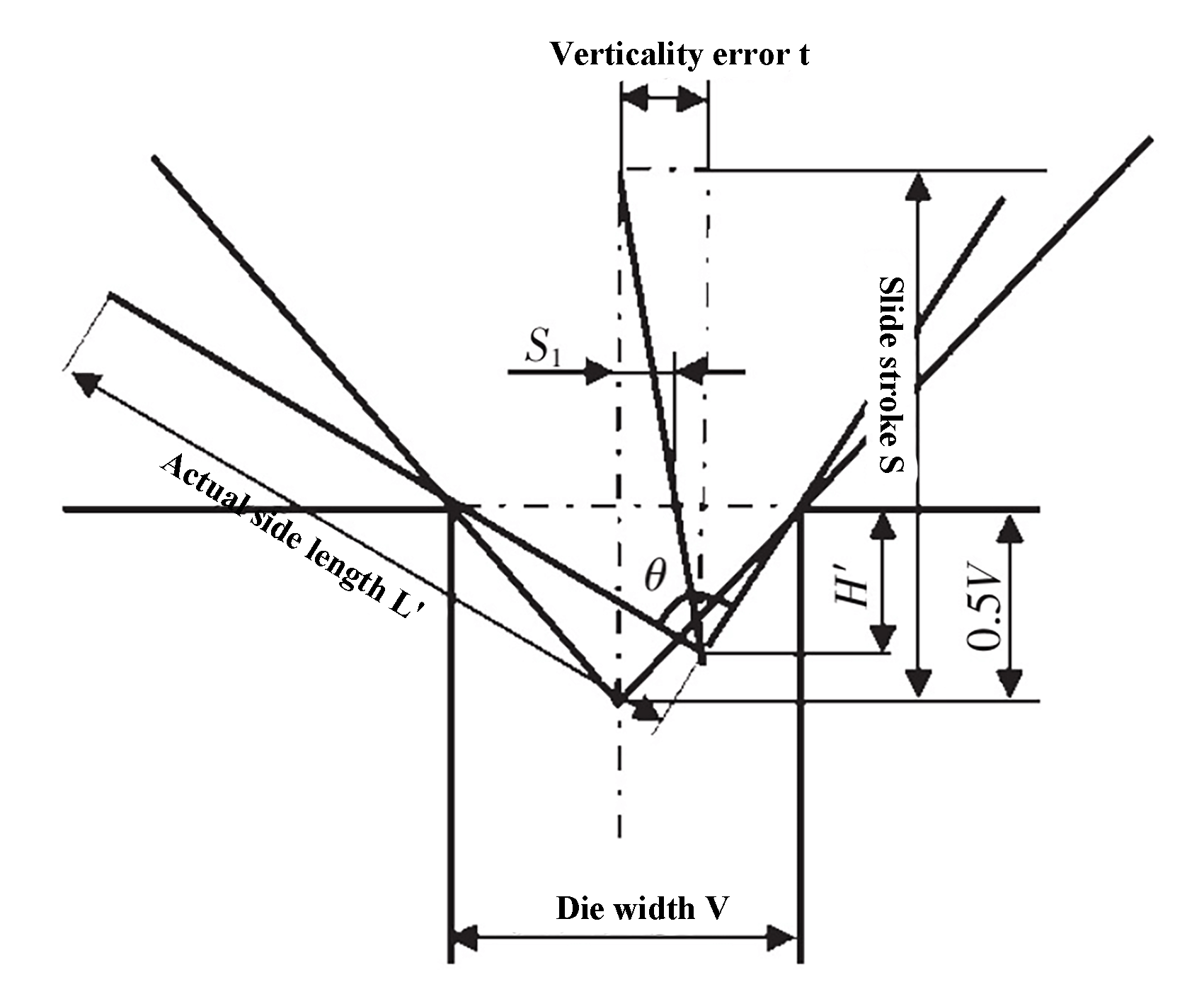1. Introduction
Sheet metal bending machine is a commonly used sheet metal processing equipment that uses a simple universal bending die to bend complex parts. Equipped with the necessary processing equipment, it can also carry out processes such as grooving, surface drawing, punching and tension corrugation.
This machine is known for its simple die, versatility, ease of adjustment and replacement, and ability to perform various sheet metal forming processes.
As part of modern production technology, the development and research of precision machine manufacturing technology is highly valued by developed countries for its impact on the economy. The advancement of precision and ultra-precision machining technology has improved the precision and technical level of the entire machinery manufacturing industry, leading to the improvement of the quality, performance and competitiveness of mechanical products.
The increasing demand for precision in related industries has made improving bending accuracy an urgent issue in the research and development of bending machines. The precision of a bending machine is the main factor in determining the quality of the bend.
Sheet metal processing errors can negatively impact subsequent assembly, increase the need for trial die repair and shape correction, lengthen product development cycles, and limit the advancement and application of incremental bend forming, especially for large parts made of high-strength steel plates with high elastic return. .
Therefore, it is crucial to analyze the mechanism of processing errors in sheet metal bending machines, identify the main factors that affect processing accuracy, and propose effective methods and measures to improve the accuracy of bending machines. This will improve the competitiveness and added value of sheet metal bending machine in the market.
In this article, the PBH110-3100 CNC sheet metal bending machine is used as the research object. The theory of elastic mechanics is used to establish the bending error analysis model and to analyze the impact of machine tool manufacturing accuracy on the bending accuracy of sheet metal.
1. Definition and national standard of plate bending accuracy
According to the national standard GB/T 14349-93, the inspection of the working accuracy of the press brake consists of two main components: bending angle and straightness, as described in Table 1.
Requirements for test parts during work accuracy inspection:
1) Sample length:
- When the length of the working table is less than 2000mm, it is the length of the working table;
- When the length of the working table > 2000mm ~ 3200mm, it is 2000mm;
- When the length of the working table is more than 3200mm, it is 3000mm.
2) The width of the sample should not be less than 100 mm.
3) Sample thickness:
- Nominal force ≤ 1000 kN, is 2mm;
- Nominal force > 1000 ~ 2500 kN, is 3mm;
- Rated force > 2500 ~ 6300 kN, is 4mm.
4) The material of the test piece is A3 steel plate and its tensile strength σb ≤ 450 MPa.
Table 1 Bending accuracy inspection diagram of sheet metal bending machine
| Inspection Items | Diagram | Tolerance | Inspection Tools | Inspection methods | |
|---|---|---|---|---|---|
| Sample bending angle |  |
Accuracy classification | Over the entire length | Universal Angle Gauge | The universal angle ruler should be placed on the outer surface of the bending test piece and measured several times (at least three places per M). The error is calculated by the difference between the maximum and minimum angle of the angle ruler and the specified bend angle of 90°. |
| I | ±30′ | ||||
| II | ± 1° | ||||
| III | ± 1°30′ | ||||
| Specimen bending straightness |  |
Accuracy classification | Over the entire length | Feeler Gauge Inspection Level Ruler | Place the inspection surface of a 1000 gauge against the edge of the folded sample and measure the gap between them with a feeler gauge. The error is calculated by the maximum reading value at any length of 1 m. |
| I | 0:30 | ||||
| II | 0.75 | ||||
| III | 1.00 | ||||
two . Analysis of the influence of the (longitudinal) flatness of the work table on the bending accuracy
2.1 Accuracy of part bending angle
When there is flatness error along the length of the worktable, this impacts the depth at which the upper die tool enters the lower die notch, causing a deviation ΔH equal to the longitudinal flatness error (a) of the worktable.
Figure 1 shows the impact of the flatness of the work table (longitudinal) on the bending angle error.

Fig. 1 Effect of work table flatness error on bending angle error.
The depth offset △H of the upper die tool entering the lower die notch is:

The bending angle of the workpiece is:

Then the angular deviation of the bent part is:

2.2 Accuracy of straightness of the bending of the part
When the work table has a flatness error, the influence of the flatness error on the straightness error of the bent part is shown in Figure 2.

Fig. 2 Effect of work table flatness error on bending straightness error.
The straightness error of the bent part is equal to the longitudinal flatness error.
That is:

2.3 Accuracy of the folded edge of the part
The plane error of the worktable has no influence on the accuracy of the sideline.
3 . The influence of the flatness (transverse) of the work table on the bending accuracy
The influence of horizontal leveling of the work table on bending accuracy is similar to that of vertical leveling.
3.1 Accuracy of part bending angle
The bending angle error of the part is:

3.2 Accuracy of straightness of part bending
The bending straightness error of the part is:

3.3 Part bending edge accuracy
The horizontal leveling of the work table has no influence on the bending accuracy of the side line length.
4. The influence of slider travel on the perpendicularity of the working face and bending accuracy
4.1 Accuracy of part bending angle
The influence of slider travel on the perpendicularity of the working face and bending accuracy is shown in Figure 3.

Fig. 3 Influence of the slider stroke on the perpendicularity of the working face and bending accuracy.
When the perpendicularity deviation of the cursor's course from the worktable is t, the depth H' of the cursor in the matrix is:

The bending angle of the bent part is:

The bending angle error of the bent part is:

4.2 Accuracy of straightness of part bending
When the perpendicularity deviation of the slider stroke relative to the work table is t, the straightness error of the bent part is:

4.3 Part bending edge accuracy
When the perpendicularity deviation of the cursor stroke with respect to the work table is t, the distance S1 from the bending center line of the upper die is:

It can be discovered that:

The actual length of the bending edge L' is:

The length error of the lateral line curvature is:

5. Conclusion
Table 2 shows the impact of various manufacturing accuracy factors of PBH110-3100 CNC sheet metal bending machine on the bending accuracy of the workpiece.
Table 2 Analysis of the influence of various factors on bending accuracy
| Parameters | bending strength | 1100 kN | Slide thickness | 60mm | Slide course | 220mm | |
|---|---|---|---|---|---|---|---|
| Work table length | 3100mm | Work table height | 890 mm | Board thickness | 5mm | ||
| 2660mm | Work table thickness | 60mm | Matrix width | 40mm | |||
| Slide height | 1300mm | Deflection calculation
Correction |
1.5mm | Top die height | 120mm | ||
| Classification | Project | Detour | Influence on bending accuracy | ||||
| Tolerance | Current value | Straightness error △θ | Angle deviation
△me |
Side length error
△L |
|||
| Precision in machine tool manufacturing | Flatness of the work table | Longitudinal (a) | 0.08 | 0.06 | 0.172 | 0.06 | × |
| Horizontals (b) | 0.03 | 0.02 | 0.057 | 0.02 | × | ||
| Perpendicularity of slider travel to the working face | 0.25 | 0.2 | -0.003 | 0.000 | 0.182 | ||
The analysis table shows that the deviation in the bending angle is about three times greater than the leveling of the work table. The national standard has low requirements for the flatness of the upper die mounting surface, resulting in large bending angle errors. Press brake machine manufacturers can improve work table leveling to meet production needs.
However, the cursor travel has little impact on the perpendicularity of the work face and its effect on the bending angle. The flatness of the work table directly affects the straightness deviation in bending, with the straightness error being less impacted by the slider travel in the perpendicularity of the working face.

























































